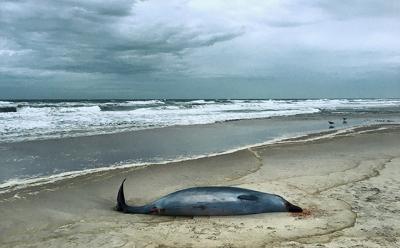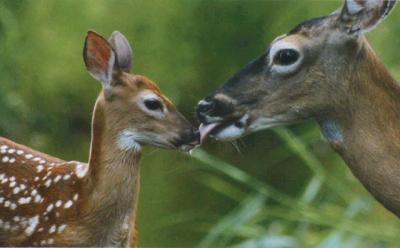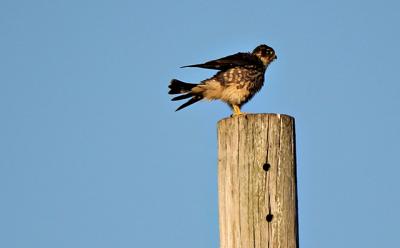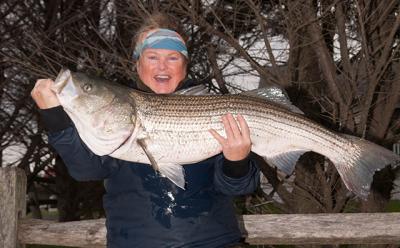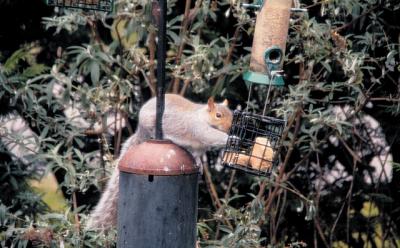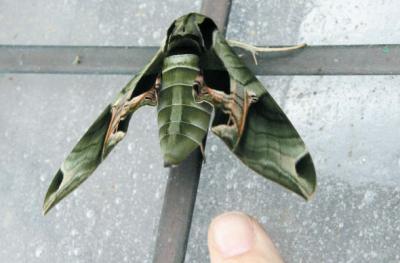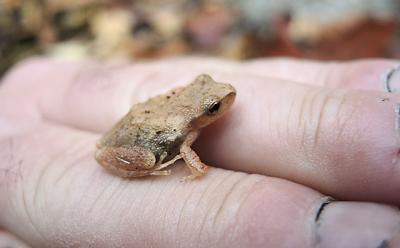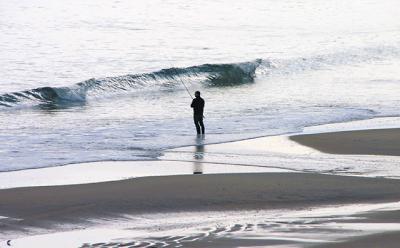Nature Notes: The Fine Print
Nature Notes: The Fine Print
The United States Army Corps of Engineers and their contractors did in a few days what Hurricane Sandy of 2012 never did, or Irene a year before Sandy, as well as a host of storms prior to those two.
For some reason the run of dunes between the Kirk Park parking lot and the ocean has had an almost miraculous stability over the years. It’s hard to know why. The up-gradient motels and condos have regularly added sand to the beaches in front of them; I would venture that a lot of that sand made its way easterly to the beach in front of the I.G.A. The southwesterlies that reign supreme from the beginning of May through September pushed some of the sand to help stabilize the dunes to the north in a process the coastal geologists call saltation, a bounding along of sand particles from one place to another, driven by breezes.
In my 28 years with the Town of East Hampton and with the help of William Walsh, a surveyor, and Barnaby Friedman, Bob Masin, and other town employees, the Natural Resources Department studied the coming and going of beaches. The department also did the bulk of the assessment of storm damage work including those damages resulting from federally declared disasters, and thus the town received considerable money from FEMA towards refurbishing the damaged areas. While erosion has been great, say in Cavett’s Cove and Soundview at the foot of Block Island Sound, for some yet unexplained reason that particular beach, beginning a little east of the I.G.A. and running westerly to the beginning of the bluff, maintained itself over that span of time and was almost always covered with beach grass.
So what did the Corps’s contractors do? They started tearing that section of the dune as seen in the eye-opening aerial photo taken by Doug Kuntz for the front page of the Nov. 12 edition of The East Hampton Star. To me, it didn’t make sense to tear a longstanding natural dune apart and use the sand to make an artificial one. Methinks some town employees, politicos, and the Suffolk County Legislature didn’t read the fine print in the Corps’s official environmental review statement signed by a Paul Owen, P.E., Colonel, U.S. Army Corps of Engineers.
Part B of the job description reads as follows: “A total 0f 71,000 [cubic yards of] sand is required to construct the reinforced dune. . . . Approximately two-thirds of the sand fill will be used in the [geocontainers] or placed in the dune. The remaining one-third will be used to construct the berm cap. About 20,000 [cubic yards] will be obtained from excavation and regrading of the existing dune, with the remaining 51,000 [cubic yards] obtained from upland sand sources.”
Note that the plan clearly calls for dismantling the existing dunes — as shown already in progress in the Kuntz photo — to make the surrogate ones. It took nature hundreds of years or more to make the natural dunes that were sacrificed and will be further sacrificed as part of the project. The sand in the geocontainers will come from an upland quarry. Though chemically siliceous, it will be sand of a completely different composition and grain size, very different in texture and color from the sand grains washed by the sea over the millennia that make up historic dunes.
I’m not a “retreatist” philosophically; I don’t think we should stand by and let the sea ultimately reduce Long Island to a pile of rubble. On the other hand, I would never recommend sacrificing a longstanding natural dune to scrabble together an impromptu one, one that might readily fall apart in the next big coastal storm. Please read the fine print in the future before acting hastily.
Larry Penny can be reached via email at [email protected].

